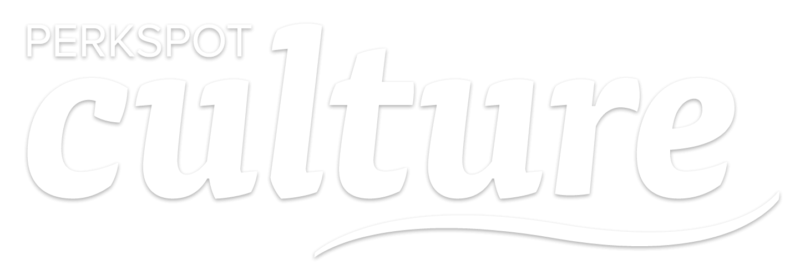A Fresh Take on Smart Goal Setting for HR Managers
Have you already set your goals for 2019, either personal or corporate? This year we’re taking a fresh look at goal setting for HR Managers and giving some new tips on making the most of your professional development plans.
We’ll discuss:
• What is Goal Setting?
• Why is Goal Setting Important?
• How to Create Meaningful, Effective Goals

What is Goal Setting?
Most people think about goal setting in terms of professional success. What am I hoping to achieve and what kind of results do I want? While these are worthwhile questions, author James Clear offers a fresh perspective. He says you should ask yourself one question before setting your goals: “What kind of pain do I want?”.
Clear goes on to say, “It’s easy to sit around and think what we could do or what we’d like to do. It is an entirely different thing to accept the tradeoffs that come with our goals. Everybody wants a gold medal. Few people want to train like an Olympian.” When determining your goals for the upcoming year or quarter, ask yourself what you’re willing to sacrifice.
Why is Goal Setting Important?
Have you ever decided to find your own way to a location only to realize you didn’t actually know where you were going? You step outside and start confidently walking in one direction, but a few minutes later you’re in unfamiliar territory and you’ve walked five blocks in the wrong direction. These moments are frustrating, not only because you now have to retrace your steps, but because by simply taking the time to map your course first, you could have saved yourself a lot of extra time and effort.
This is why goal setting is so important. Without a clear course mapped out in front of you, you might end up wandering aimlessly and struggle to hit your target. Don’t let arrogance or even prior knowledge influence your decision not to set goals. With proper goal planning, you’re more likely to take the most efficient, effective route.
How to Create Meaningful, Effective Goals
Step One: Goal Selection
Inspirational speaker and author, Seth Godin says “You don’t need more time, you just need to decide.” When we think about our ambitions for the year, we don’t always think about the sacrifices we need to make to get there. Often it’s not about choosing to do more, but choosing to do the right things. Make goal selection the first step in your process. Determine what’s realistic for you to accomplish and what you’ll need to give up in order to get there.
Step Two: Make SMART Goals
Unless you’re living under an HR rock, you’ve probably heard of this before. That’s because setting SMART goals is an essential part of making a successful development plan.
Specific – What do you want to accomplish? Who does this include?
Measurable – What metrics will you use to define success and determine when the goal is complete?
Achievable – Do I have the necessary resources to accomplish this goal? What will I need to give up in order to achieve this? Why is this goal important to you?
Relevant – How does this goal align with my overall success or vision? Why am I setting this goal now?
Timely – What is my deadline and is it realistic?
After answering these questions you should be able to articulate your goal and understand what needs to happen in order to achieve it.
Step Three: Take Baby Steps
If you go on to read James Clear’s advice on goal setting, you’ll find tons of great, actionable methods for achieving goals. One of our favorites is to “Stack Your Goals”.
Research has shown that you are 2x to 3x more likely to stick to your goals if you make a specific plan for when, where, and how you will perform the behavior. For example, in one study scientists asked people to fill out this sentence: “During the next week, I will partake in at least 20 minutes of vigorous exercise on [DAY] at [TIME OF DAY] at/in [PLACE].”
We love this advice because it’s such an easy rule to follow but helps break down goals into actionable, everyday elements.
Step Four: Check Your Attitude
Our last step in the goal-setting process isn’t really a step at all. It’s just a gentle reminder to stay positive! Chances are you will get discouraged on your journey. Try writing out your SMART goals and reasons why you’ve chosen to tackle this particular objective. Put it somewhere visible as a tangible reminder. This will help you stay positive and motivated when the going gets tough.
What goals are you setting for this year? Use these tips to make the most of your goal-setting process, either for yourself or your team.













